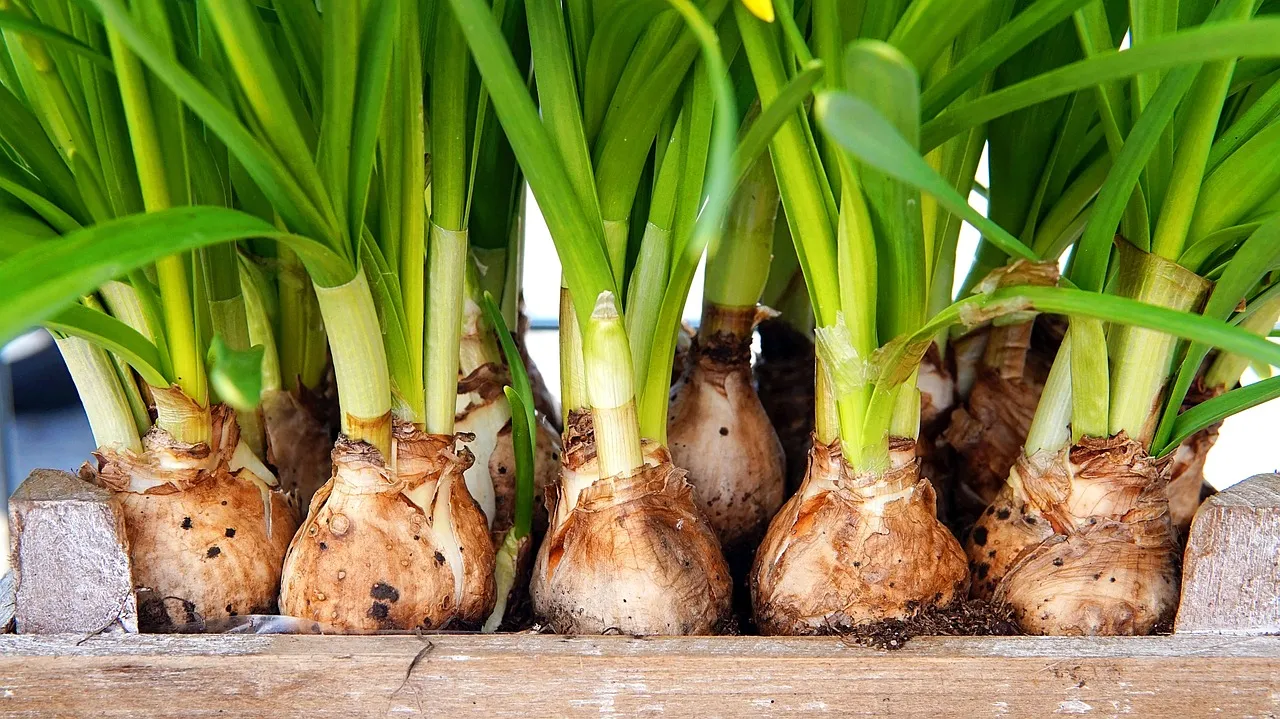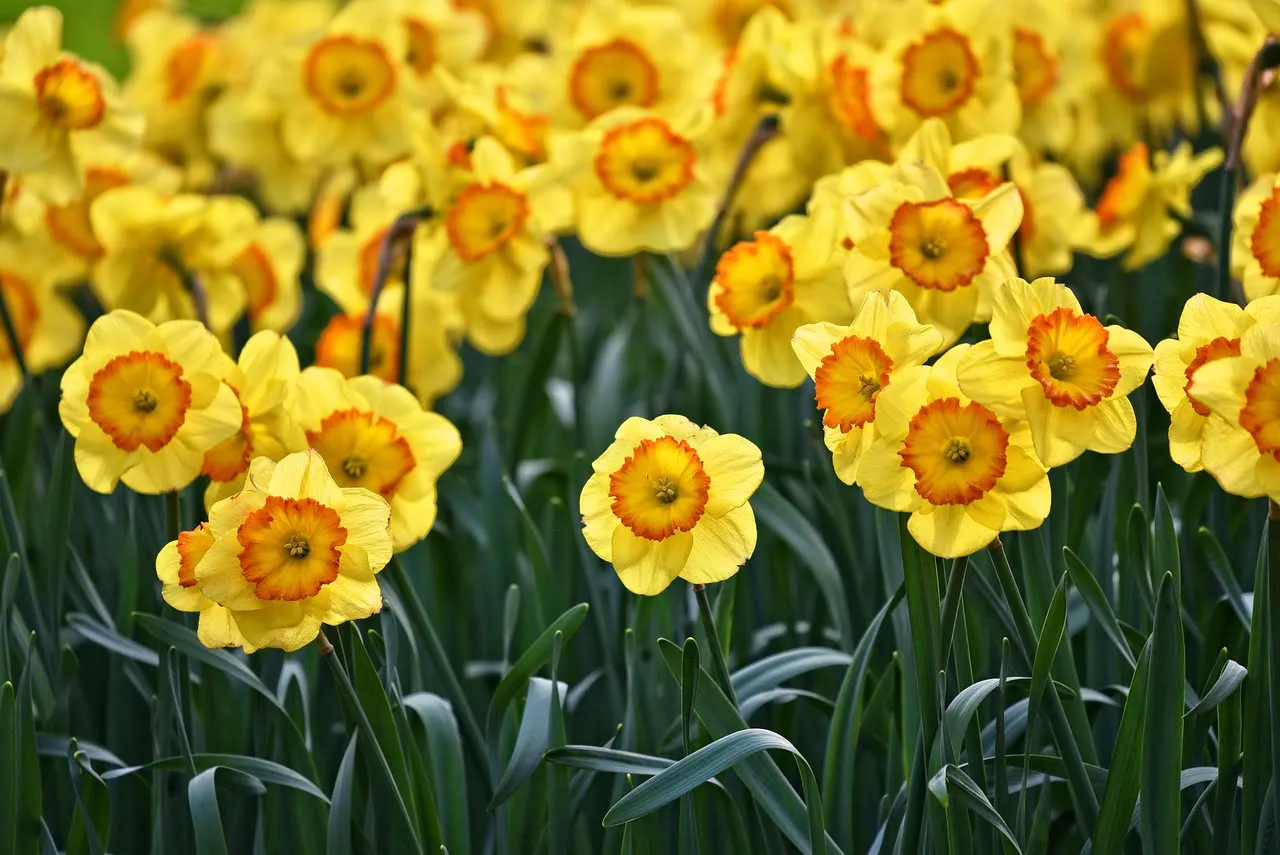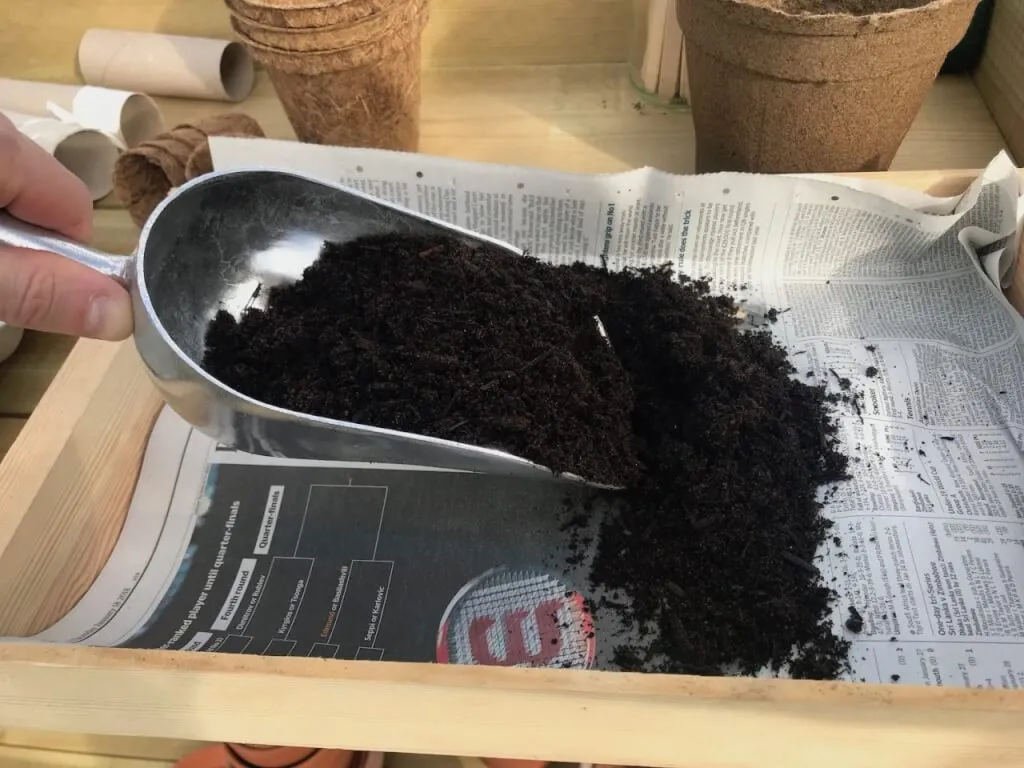Hi @elaine-s
Great question about reusing and storing bulbs from the garden. Bulb lasagnas are a popular way to pack loads of bulbs into a container for a long spring display. You'll often see them on Pinterest with loads of garden influencers showing you how to do this. It's a great way to make the most use out of containers in the garden but it can also be frought with problems once they have finished flowering.
Given bulbs don't grow or propagate in a lasagne fashion in the wild; you need a few tricks to know how to reduce waste when gardening like this. So I'm glad you've asked your question!

What is a bulb lasagne?
A bulb lasagne is when layers of different bulbs are planted in one container. In a stack of bulbs and compost. The idea of a bulb lasagne is simple. Pack as many different flowering bulbs, such as snowdrops, daffodils, tulips etc into one container as possible. These bulbs all flower at different times so as one bulb finishes another pops through. Causing a cycle of flowering bulbs in one deep container.
They are very popular with small gardens and beginner gardeners wanting to make the most out of their space.
Whats the draw backs with bulb lasagne?
The biggest draw back is that all of these bulbs are very nutrient-heavy, they are hungry plants all squashed into one container. Meaning they only last one year in their compost before they have used up all the nutrients.
As they have been layered in containers, it also means there's very little room for them to propagate (division by mini bulbs called bullets). So once year ones flowering has happened, they can get tangled and start to rot as there is not enough space realistically to house them in this way.

What can I do with a bulb lasagne once its finished flowering?
Once a bulb lasgane has finished flowering it's key to them extracting the bulbs at a suitable time. They probably won't flower as well or at all in year two due to the competition for plant food from the already exhausting compost. Once the foliage turns yellow its time to extract the bulbs if you want to save them.
You have two options at this stage:
1. Extract each bulb and then repot in fresh compost then place somewhere out the way like behind a shed whilst they recover. (My advice is you also need to thin out the bulbs, especially if they've already started to divide).
2. Extract the bulbs into each layer and then pot into shallow seed trays until Autumn when they can be planted again into pots or the ground. Place them in fresh compost just and so covering the bulb. Water and then place somewhere shady like behind a shed. You may need to cover them with chicken wire if you have squirrels. You can stack them as they don't need much light. Periodically check they've not fully dried out.

 Lee Burkhill: Award Winning Designer & BBC 1's Garden Rescue Presenters Official Blog
Lee Burkhill: Award Winning Designer & BBC 1's Garden Rescue Presenters Official Blog



